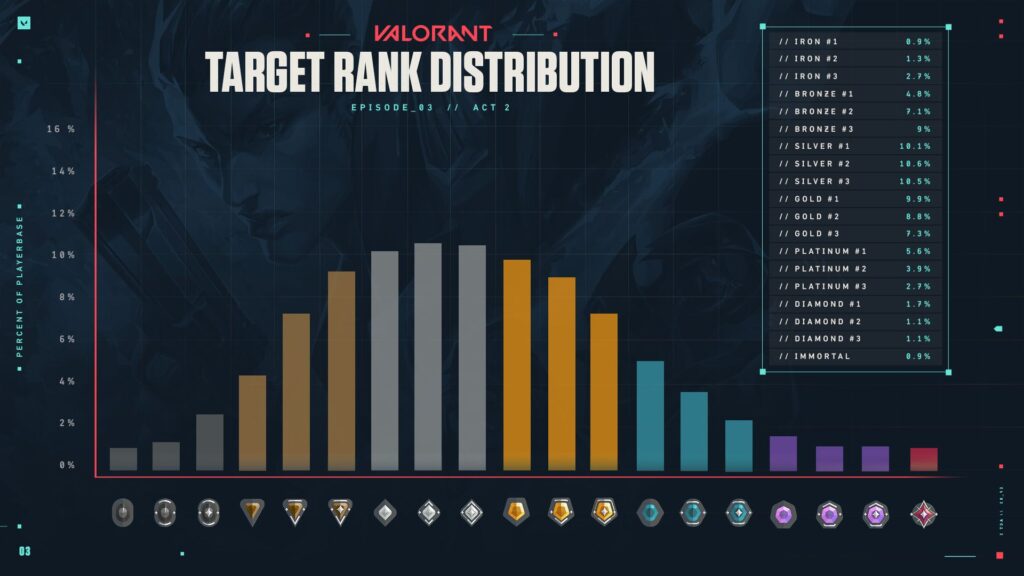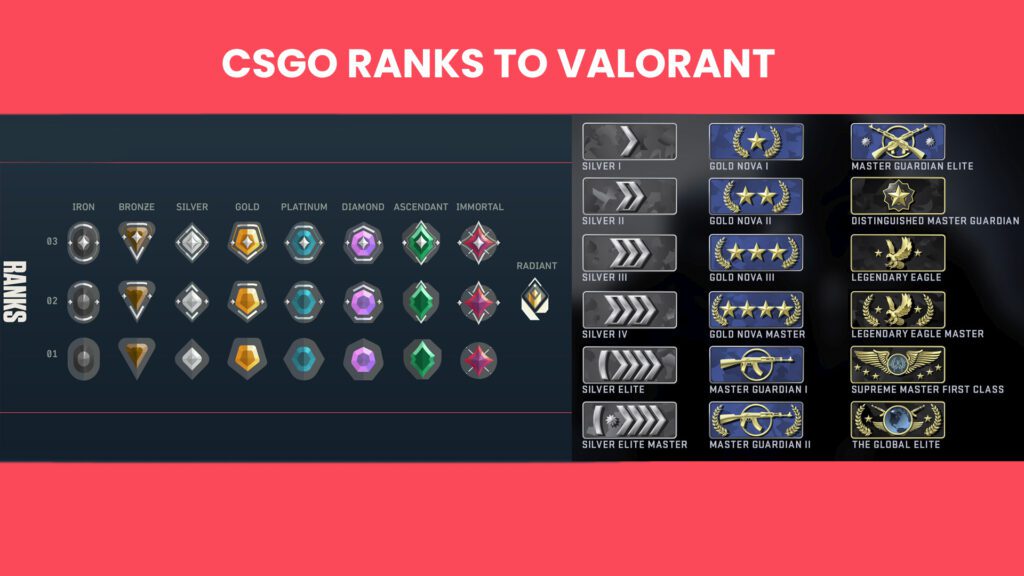Valorant, despite being just a year old, has already established itself as one of the most popular free-to-play games on the market. Its intense, high-skill gameplay has attracted a massive player base, and the competitive nature of the game is a significant draw for many. However, the ranking system in Valorant can be a bit confusing, especially for newcomers or even seasoned players who want to better understand how it all works. Here’s a detailed breakdown of Valorant’s ranking system, so you can climb the ranks with confidence.
How the Valorant Ranking System Works
When you start playing Valorant competitively, after winning 10 unrated matches, you’ll be eligible to play ranked matches. Your first rank is determined after playing 5 ranked games, starting from Iron 1. Progressing through the ranks requires earning Rank Rating points, or RR. For each subsequent rank up, you’ll need to accumulate 100 RR.
Ranks from Iron to Diamond are divided into three tiers (e.g., Iron 1, Iron 2, Iron 3), meaning you’ll need to progress through each tier to reach the next rank. If you lose a match while sitting at 0 RR, you’ll be bumped down to the previous rank.
In each match, you can gain between 10 to 50 RR for a win, and lose between 10 to 30 RR for a loss, depending on your performance and how close the match was. Additionally, if you draw a match while in the Iron to Diamond ranks, you can earn up to 20 RR. However, once you reach Immortal, you won’t gain any RR from draws—only from wins.
The Role of Matchmaking Rating (MMR)
Valorant also tracks your performance with a hidden metric known as Matchmaking Rating (MMR). MMR is essentially an internal ranking number that represents your skill level. This number is unique to each player and fluctuates based on your individual performance in games.
Although you can’t directly see your MMR without the use of mods, it plays a crucial role in determining how much RR you gain or lose. If your MMR is higher than your visible rank, you’ll gain more RR from wins and lose less from defeats. Conversely, if your MMR is lower, you’ll gain less RR for wins and lose more for losses. The goal is to align your visible rank with your MMR over time.
Reaching Immortal and Radiant
Once you grind through the ranks and hit Immortal, you’ve reached the top tier of Valorant’s competitive ladder. To ascend even further, you need to keep winning to secure a spot in your region’s top 500 players. This exclusive leaderboard is where the best of the best compete, and achieving a position here grants you the prestigious Radiant rank.
Radiant is the pinnacle of competitive play in Valorant, and staying on the leaderboard requires you to play at least one match per week. It’s worth noting that less than 1% of Valorant players achieve Immortal, and only about 0.1% make it to Radiant.



